The South Dakota Cattlewomen (SD Cattlewomen) made sure their experience was “powered by beef” at the popular stop along the route to Devils Tower. Of all the SD Cattlewomen’s beef promotion events throughout the year, this one is tops for impact.
“So often we sing to the choir, but here, you get out of your own box. People line up to talk to you. It is a relaxed situation, and people want to visit,” observes Tammy Basel of Basel Red Angus, a fourth-generation sheep and cattle operation near Union Center. She serves as secretary of the SD Cattlewomen.
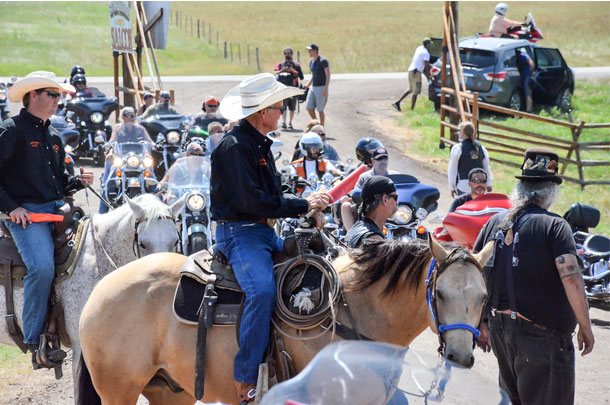
The beef promotion opportunities here are unique and touch a broad diversity of people from other states and countries, many of whom have no connection to agriculture. Unlike traditional advertising or social media – where messages can be sorted and tuned out – one-on-one conversations are quite effective, according to the cattlewomen.
“We play trivia games and use the trivia as a tool to interact with the bikers and start conversations, or we ask survey questions and give beef jerky, lip balm, toothpicks and beef certificates as promotional items,” Basel explained in a phone interview after the annual event.
It all hinges on “being approachable.” Basel finds the greatest reward in “just visiting with that many people and talking about what we are passionate about – production agriculture and the healthful benefits of beef in the diet.”
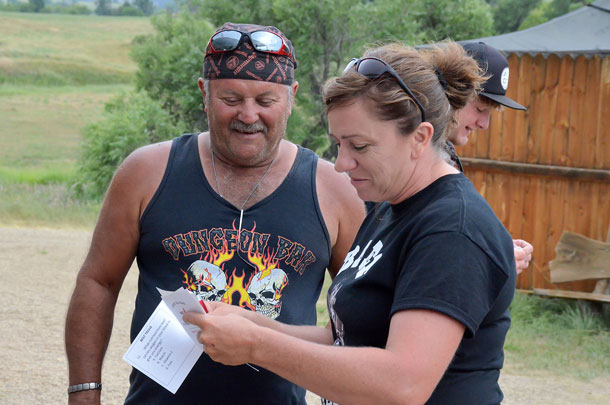
“When we are approachable ... we have that opportunity to displace some myths or encourage broader thinking. If we’re not available and approachable, they’ll get their information somewhere else,” she observes. “People come back to see us from previous years. They remember the lip balm” and related discussions about scores of everyday items made with beef byproducts, including parts of the motorcycle, plastics in buttons and glasses, and glue in the shoes, even if they are not leather.
The cattlewomen learned bikers are eating more chicken and fish these days.
“We talked about the [29] heart healthy cuts of beef, and people were truly grateful for this information,” she says. “They don’t want to just eat fish and chicken and vegetables, but as they age, they are taking more seriously what their doctors are saying. We talked fat gram to fat gram and showed them how many cuts of beef there are between a boneless, skinless chicken breast and a chicken thigh.”
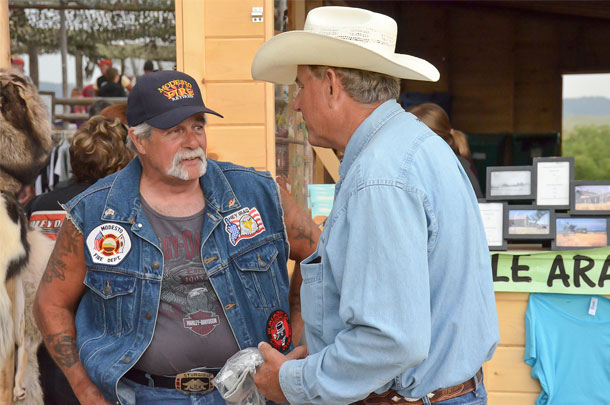
Equipped with beef cut charts and statistics, as well as recipes and other information, the cattlewomen strike up conversations that improve lives.
“How many times do you get to work a trade show booth and someone gives you a genuine hug for the information you gave them?” Basel notes. “People are that happy to learn about these lean cuts of beef they can put back in their diets and not feel guilty about.”
Other “misunderstandings” included country of origin labeling and the role of the USDA choice and select labels. The cattlewomen fielded questions about animal welfare and production practices: “Why we do what do and how we do it,” she says. “We’re just ranchers here in our jeans and T-shirts, not suits and ties. They see we are not millionaires. They see that $14 they spent for a ribeye steak ... we’re not directly getting that.”
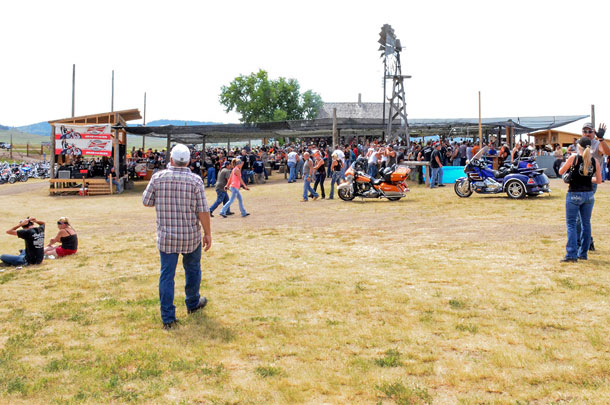
A recurring theme was the public’s poor perception of a steer’s life in a feedlot. “A steer in a feedlot is a happy critter to me,” Basel shares. “He has food and water and is protected from coyotes harassing him.”
GMO discussions are trickier. “After a while, you can have a discussion where everyone believes their own data,” Basel points out. “If the only answer I have for them is my research and their answer is their research, you end up having a good discussion, but not winning people over. We can’t be so determined to win them over that we let them walk away without a positive experience.”
For those misunderstandings that cannot be swayed, Basel’s advice is to always end a conversation on a positive note. “They’re not here for heavy pressure coming down, so I’ll divert the conversation and maybe come back to it, but if I’m not getting anywhere, I end the conversation on a positive note by talking about what’s going on around us and shake hands and thank them.”
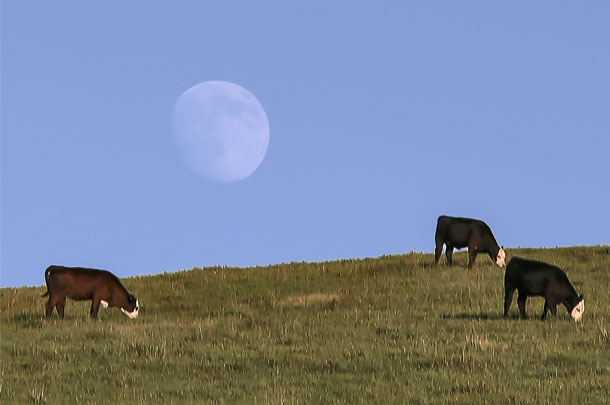
The cattlewomen give their visitors the opportunity to talk about themselves, their interests, where they are from. In so doing, they pull information and engage them in a meaningful conversation about beef. Unlike events where people stop to pick up recipes and move on, the Sturgis Rally is an event where the cattlewomen are talking to people nonstop.
Beef producing bikers were glad to see it. The cattlewomen received many comments from bikers in the beef business saying this is checkoff-supported beef promotion they can really appreciate. ![]()
PHOTO 1: Parked motorcycles at Sturgis Bike Rally.
PHOTO 2: Parking attendants directing bikes as they enter the ranch.
PHOTO 3: Kodi Blotsky, president of South Dakota Cattlewomen, does some beef trivia with a biker for a chance to win free beef jerky or a $5 beef gift certificate.
PHOTO 4: Ranch owner Kim Kling visits with a Sturgis Rally visitor at the Stone House Saloon.
PHOTO 5: The Stone House Saloon is a popular stop west of Belle Fourche during Sturgis Motorcycle Week. The South Dakota Cattlewomen were there – with beef jerky, lip balm, toothpicks and beef certificates – engaging a steady stream of visitors. Photos by Silvia Christen, courtesy of South Dakota Stockgrowers Association.
PHOTO 6: Cattle grazing in western South Dakota under a nearly full ‘blue moon’ just a few days before the Sturgis Rally. Photo by Sherry Bunting.







